Home>Furniture & Design>Interior Design Trends>How To Make Tinted Glass
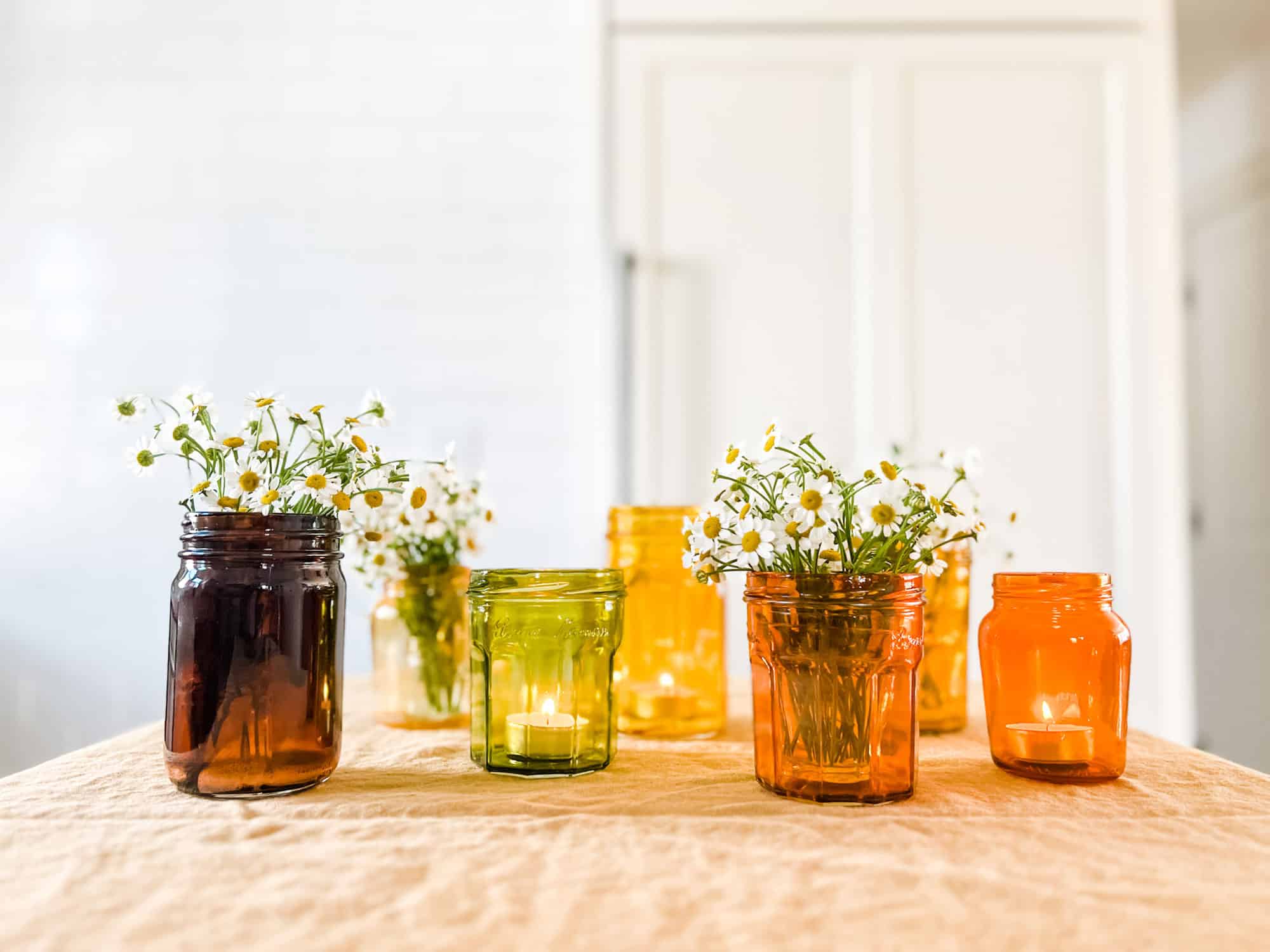

Interior Design Trends
How To Make Tinted Glass
Modified: February 18, 2024
Learn how to make tinted glass for your interior design projects and stay on top of the latest interior design trends with our step-by-step guide. Discover the perfect balance of style and functionality.
(Many of the links in this article redirect to a specific reviewed product. Your purchase of these products through affiliate links helps to generate commission for Storables.com, at no extra cost. Learn more)
Introduction
Tinted glass, with its subtle allure and practical benefits, has become a popular choice for homeowners and interior designers alike. This versatile material not only adds a touch of sophistication to any space but also serves as an effective solution for privacy and light control. Whether you're aiming to create a cozy ambiance in your living room or seeking to enhance the aesthetic appeal of your office, tinted glass offers a myriad of possibilities for elevating your interior design.
The process of making tinted glass is a fascinating blend of art and science. By infusing ordinary glass with colorants during its production, manufacturers are able to achieve a diverse range of hues, from delicate pastels to deep, rich tones. This allows for a customized approach to interior design, where the choice of tinted glass can be tailored to complement specific color schemes and decorative themes.
Moreover, the application of tinted glass extends beyond its visual impact. Its ability to filter natural light and reduce glare makes it an ideal choice for windows, doors, and partitions. This not only creates a more comfortable environment but also contributes to energy efficiency by minimizing the need for excessive artificial lighting. Additionally, tinted glass can offer privacy without sacrificing natural light, striking a harmonious balance between openness and seclusion.
In the following sections, we will explore the materials needed and the step-by-step process of making tinted glass. By understanding the intricacies of this craft, you can gain a deeper appreciation for the artistry and innovation that underpin the creation of this captivating design element. Whether you're a DIY enthusiast or simply curious about the inner workings of tinted glass production, this guide will provide valuable insights into the world of interior design and craftsmanship.
Key Takeaways:
- Tinted glass adds elegance and functionality to interior spaces. It offers privacy, light control, and energy efficiency, making it a versatile choice for homeowners and designers.
- Creating tinted glass is a meticulous blend of art and science. From colorant selection to precise application, each step contributes to transforming ordinary glass into a captivating design element.
Read more: How To Tint Glass
Materials Needed
To embark on the journey of creating tinted glass, you will need a selection of essential materials that form the foundation of this captivating process. Each component plays a crucial role in shaping the final outcome, from the choice of glass to the specialized colorants that infuse it with character and charm.
-
Glass Sheets: The primary canvas for crafting tinted glass, high-quality glass sheets serve as the starting point for this creative endeavor. These sheets come in various sizes and thicknesses, offering flexibility in accommodating different design requirements.
-
Colorants: A diverse array of colorants, ranging from subtle tints to bold pigments, are essential for imbuing the glass with its distinctive hues. These colorants are meticulously formulated to ensure optimal blending and adherence to the glass surface, resulting in a seamless and enduring finish.
-
Mixing Equipment: To achieve the desired tinting effect, specialized mixing equipment is indispensable. This includes precision measuring tools, mixing vessels, and stirring implements, all of which contribute to the meticulous blending of colorants with the glass substrate.
-
Protective Gear: Given the nature of the tinting process, it is imperative to prioritize safety. Protective gear such as gloves, goggles, and aprons shield against potential hazards, ensuring a secure and controlled environment for working with colorants and glass.
-
Cleaning Supplies: Maintaining cleanliness and precision is paramount in the creation of tinted glass. Therefore, a range of cleaning supplies, including glass cleaners, lint-free cloths, and solvent solutions, are essential for preparing the glass surface and ensuring a pristine finish.
-
Application Tools: Various application tools, such as brushes, sprayers, or rollers, are instrumental in applying the colorants to the glass surface. These tools facilitate precise and uniform coverage, allowing for the seamless integration of color into the glass.
-
Drying and Curing Equipment: Once the colorants are applied, specialized drying and curing equipment, such as ovens or UV lamps, are utilized to set the tint and ensure its longevity. This step is crucial in achieving a durable and resilient tinted glass finish.
By assembling these fundamental materials, you are poised to embark on the captivating journey of creating tinted glass. Each component contributes to the intricate process of infusing ordinary glass with extraordinary character, resulting in a design element that transcends mere functionality to become a captivating expression of artistry and innovation.
Steps to Make Tinted Glass
-
Preparation of Glass Sheets: Begin by thoroughly cleaning the glass sheets to ensure a pristine surface for the tinting process. Use glass cleaners and lint-free cloths to remove any impurities or residues that may affect the adhesion of the colorants.
-
Selection of Colorants: Choose the appropriate colorants based on the desired tint and intensity. Whether opting for subtle pastels or bold, dramatic hues, the selection of colorants is a pivotal step in shaping the visual impact of the tinted glass.
-
Mixing of Colorants: Accurately measure and mix the colorants according to the specified ratios, ensuring precision and consistency in the tinting solution. Utilize specialized mixing equipment to achieve a homogeneous blend that will seamlessly adhere to the glass surface.
-
Application of Colorants: Employ the chosen application tools to evenly apply the colorants onto the glass sheets. Whether using brushes, sprayers, or rollers, the goal is to achieve uniform coverage and a smooth, flawless finish that accentuates the inherent beauty of the glass.
-
Drying and Curing Process: Once the colorants are applied, subject the glass sheets to the designated drying and curing equipment. This crucial step sets the tint and ensures its durability, creating a resilient finish that withstands the test of time.
-
Quality Inspection: Thoroughly inspect the tinted glass sheets to verify the uniformity and integrity of the tinting. Any imperfections or inconsistencies should be addressed promptly to uphold the highest standards of quality and craftsmanship.
-
Final Finishing: Upon completion of the tinting process, conduct a final cleaning and inspection to ensure that the tinted glass exudes a flawless and captivating allure. This meticulous attention to detail culminates in a finished product that embodies the artistry and precision of tinted glass production.
By following these meticulous steps, the process of creating tinted glass unfolds as a harmonious fusion of artistry and technical expertise. Each stage contributes to the transformation of ordinary glass into a captivating design element that enriches interior spaces with its alluring hues and practical functionality.
To make tinted glass, add metal oxides like cobalt or selenium to the glass mixture before melting. This will give the glass a colored tint when it cools.
Tips and Tricks
Creating tinted glass is a meticulous craft that demands precision and finesse. To ensure a seamless and successful tinting process, consider the following tips and tricks that can elevate the quality and visual impact of the finished product.
-
Colorant Selection: When choosing colorants for tinting glass, consider the transparency and light transmission properties of the glass. Transparent colorants are ideal for maintaining the inherent clarity of the glass, while opaque colorants can impart a more dramatic and intense hue. Understanding the interplay between colorants and glass transparency is essential for achieving the desired tinting effect.
-
Test Samples: Prior to tinting the entire glass sheet, create test samples to assess the compatibility of the chosen colorants with the glass substrate. This allows for adjustments in color intensity and transparency, ensuring that the final tinted glass aligns with the envisioned aesthetic and design requirements.
-
Uniform Application: Achieving uniform coverage of colorants is crucial for a flawless finish. Whether using brushes, sprayers, or rollers, strive for consistent application to avoid streaks or uneven tinting. Pay close attention to overlapping areas to maintain a seamless transition of color across the glass surface.
-
Precision Mixing: Adhere to the specified ratios and guidelines when mixing colorants to maintain color consistency and integrity. Precision in mixing ensures that the tinting solution adheres uniformly to the glass, resulting in a harmonious and visually appealing finish.
-
Curing Conditions: Optimize the drying and curing conditions to enhance the durability and longevity of the tinted glass. Follow the recommended curing times and temperatures to ensure that the tint sets effectively, contributing to a resilient and enduring finish.
-
Quality Control: Implement stringent quality control measures throughout the tinting process. Regular inspections and meticulous attention to detail can identify and rectify any imperfections, ensuring that the tinted glass meets the highest standards of craftsmanship and visual appeal.
-
Surface Preparation: Thoroughly clean and prepare the glass surface before applying colorants. Any residues or impurities can affect the adhesion and uniformity of the tinting, emphasizing the importance of meticulous surface preparation for optimal results.
-
Protective Measures: Prioritize safety by utilizing appropriate protective gear when handling colorants and working with tinted glass. Gloves, goggles, and aprons safeguard against potential hazards, creating a secure and controlled environment for the tinting process.
By incorporating these tips and tricks into the process of making tinted glass, you can elevate the quality and visual allure of the finished product. From meticulous colorant selection to precise application techniques, each aspect contributes to the creation of tinted glass that embodies artistry, functionality, and enduring beauty.
Conclusion
In conclusion, the art of making tinted glass transcends mere craftsmanship, embodying a harmonious blend of creativity, precision, and practicality. From the meticulous selection of colorants to the seamless application onto pristine glass surfaces, the process of creating tinted glass is a captivating journey that culminates in the transformation of ordinary glass into a captivating design element.
The allure of tinted glass lies not only in its visual impact but also in its functional benefits. By infusing glass with an array of hues, from delicate pastels to bold, dramatic tones, tinted glass offers a versatile canvas for interior design expression. Whether adorning windows, doors, or partitions, tinted glass introduces a captivating interplay of light and color, enriching interior spaces with a sense of elegance and sophistication.
Moreover, the practical advantages of tinted glass cannot be overlooked. Its ability to filter natural light, reduce glare, and offer privacy without compromising openness makes it an invaluable asset in interior design. By creating a harmonious balance between aesthetic appeal and functional utility, tinted glass elevates the ambiance of any space while contributing to energy efficiency and comfort.
As we delve into the intricacies of making tinted glass, it becomes evident that this process is a testament to the seamless integration of artistry and technical expertise. Each step, from the preparation of glass sheets to the meticulous application and curing of colorants, reflects a dedication to precision and quality. The fusion of creativity and craftsmanship gives rise to tinted glass that not only captivates the eye but also stands the test of time with its enduring allure.
In essence, the journey of making tinted glass is a celebration of innovation and ingenuity, where ordinary glass is imbued with extraordinary character and charm. Whether employed in residential, commercial, or architectural settings, tinted glass serves as a captivating expression of design innovation, enriching interior spaces with its alluring hues and practical functionality.
By embracing the art of making tinted glass, we embark on a transformative exploration of color, light, and design, where the ordinary is elevated to the extraordinary, and the functional is imbued with beauty. It is through this captivating process that tinted glass emerges as a timeless and enchanting element of interior design, inviting us to behold the world through a prism of artistry and innovation.
Frequently Asked Questions about How To Make Tinted Glass
Was this page helpful?
At Storables.com, we guarantee accurate and reliable information. Our content, validated by Expert Board Contributors, is crafted following stringent Editorial Policies. We're committed to providing you with well-researched, expert-backed insights for all your informational needs.
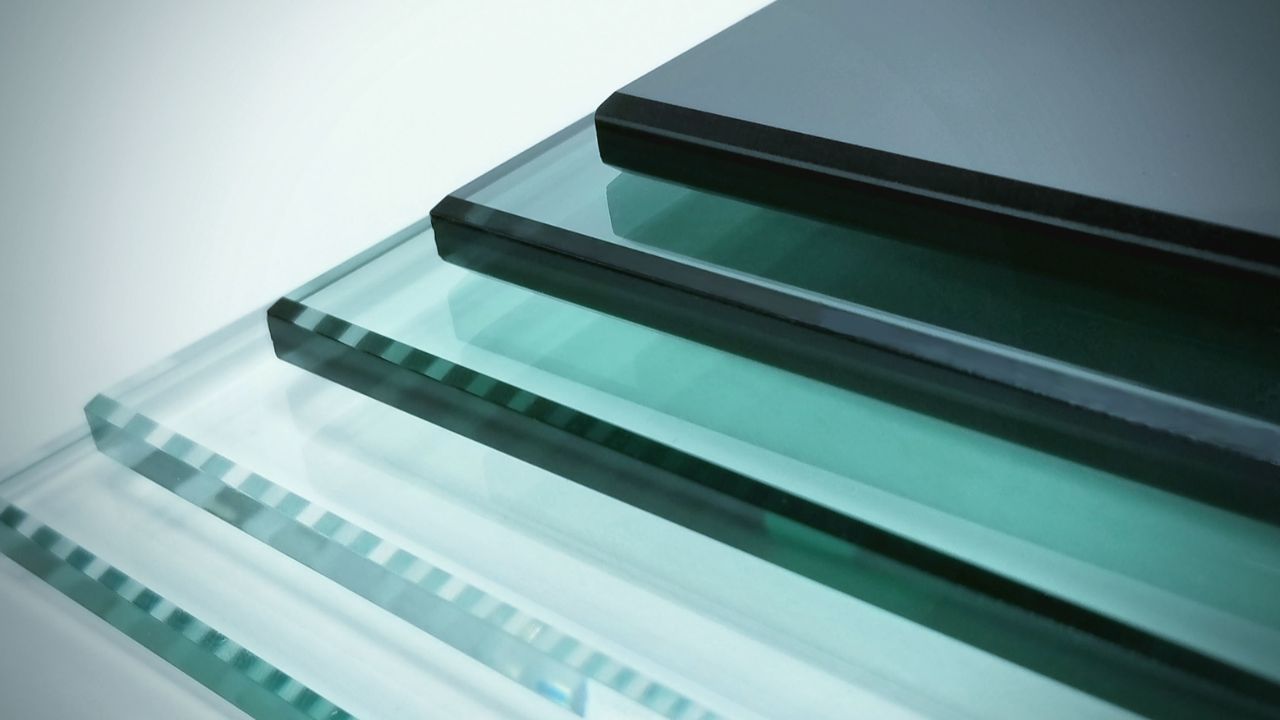
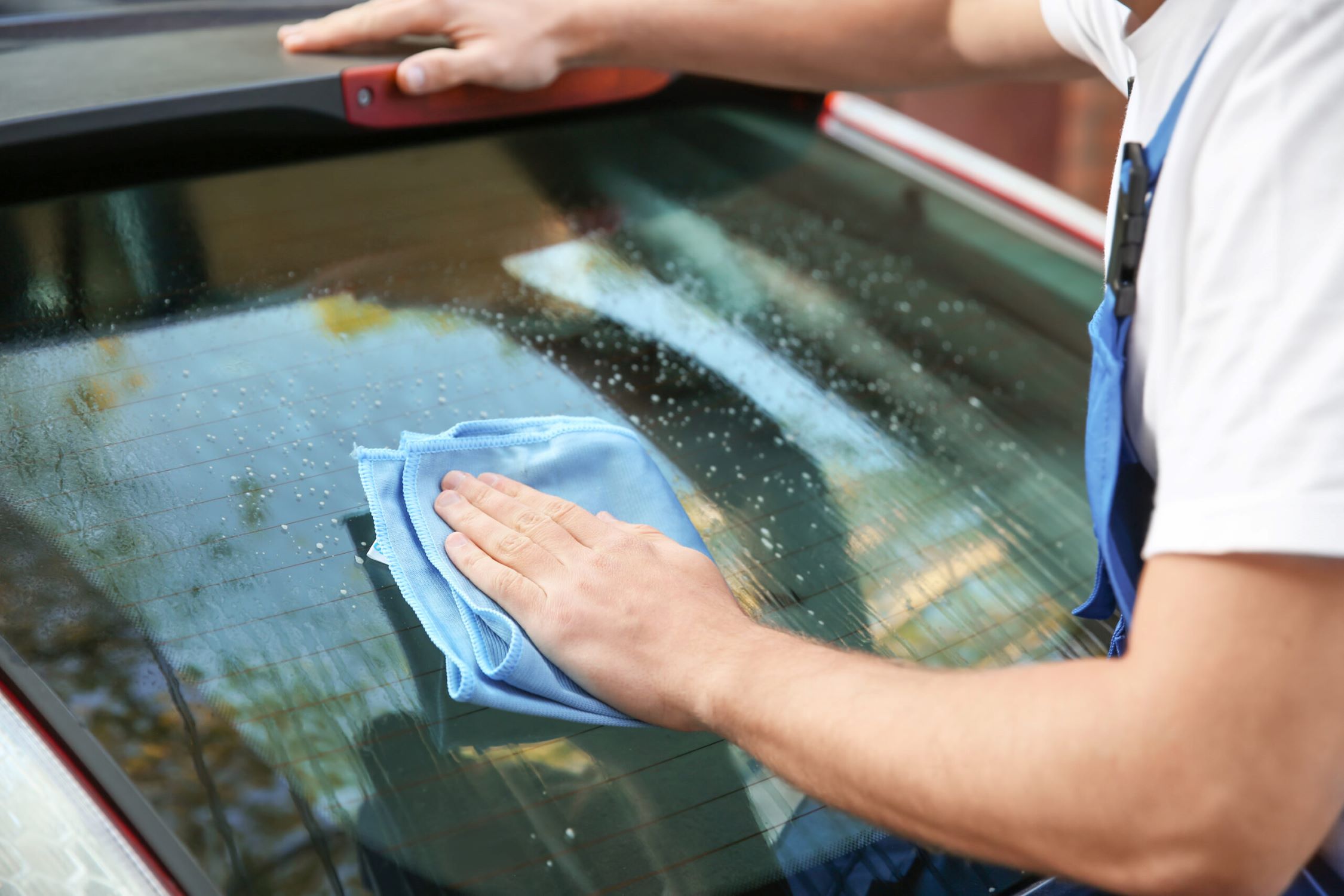
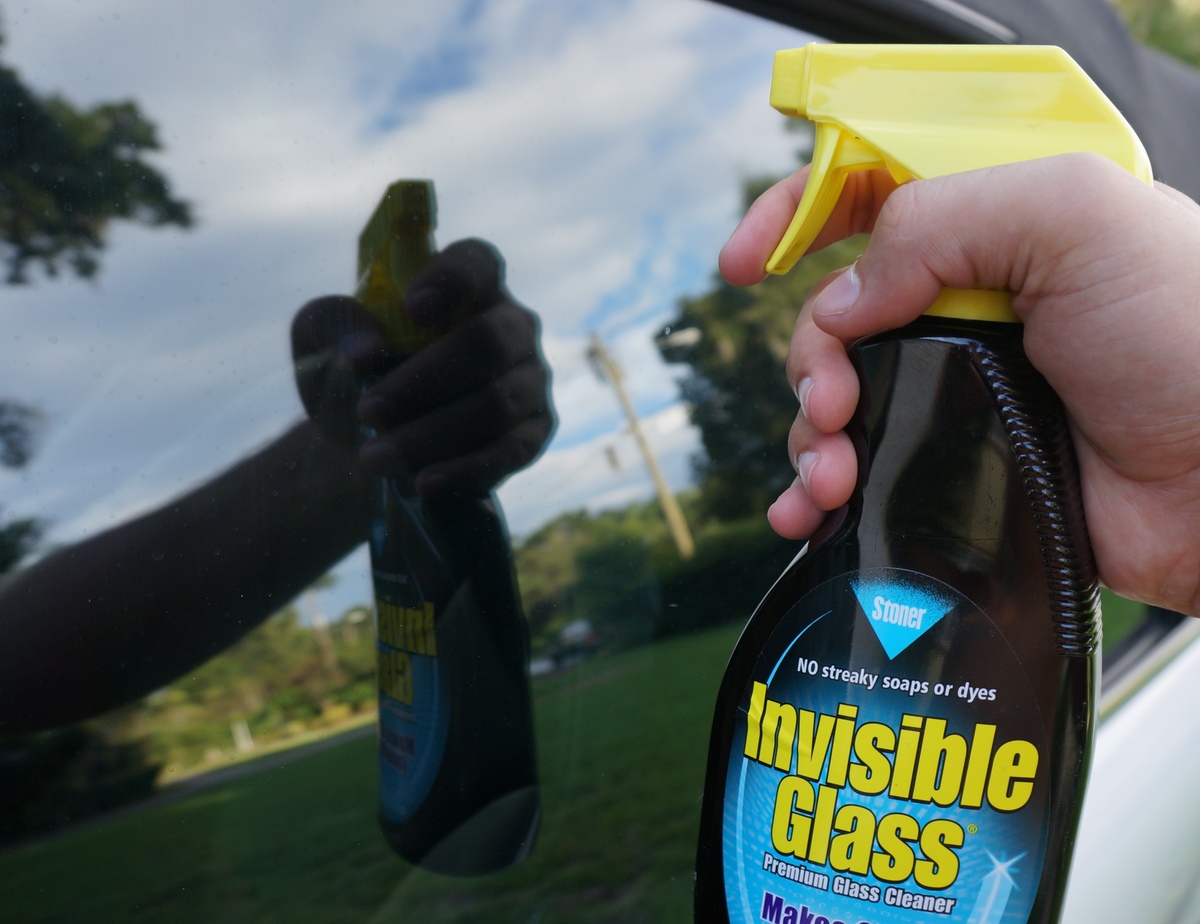
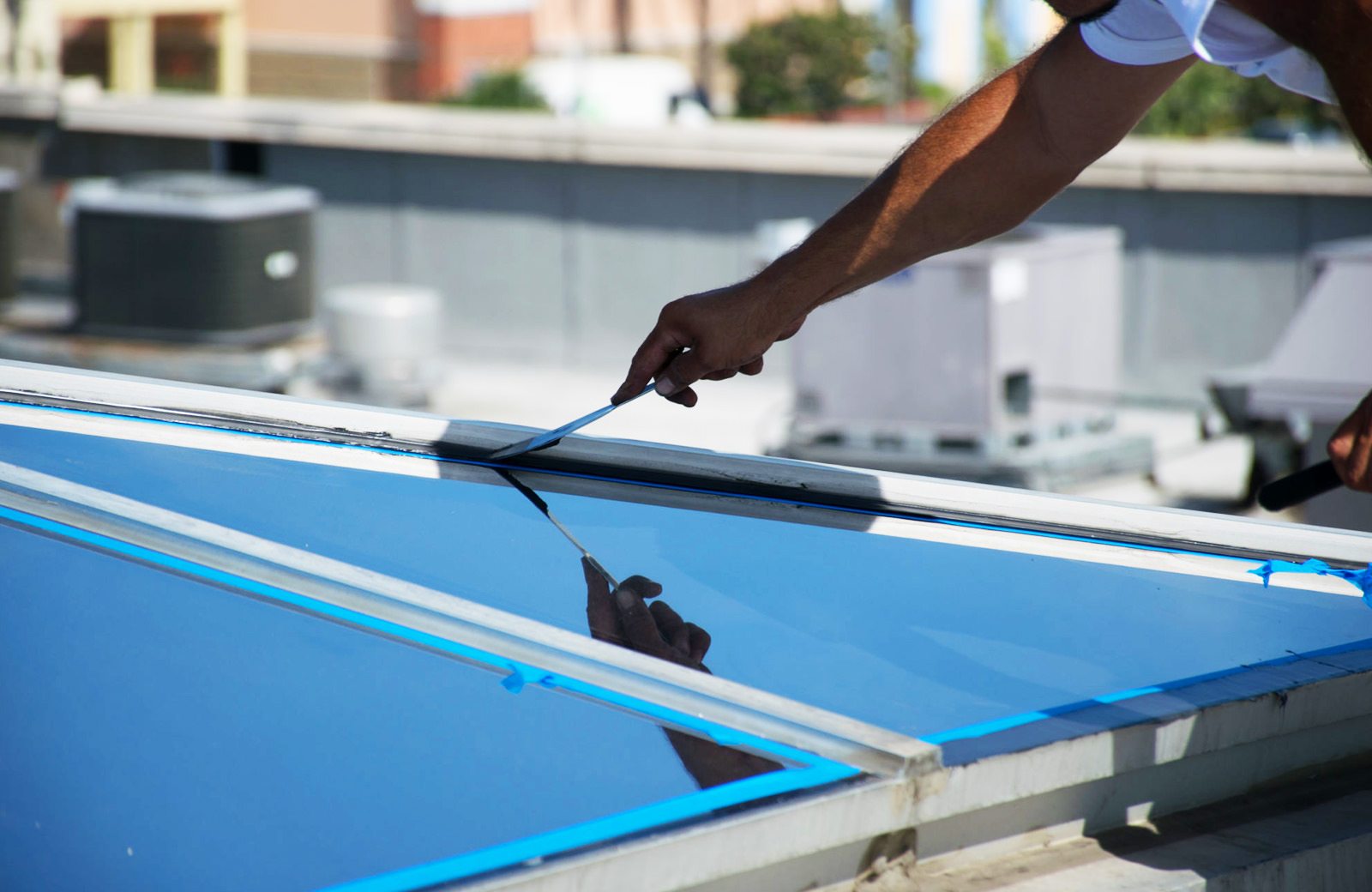

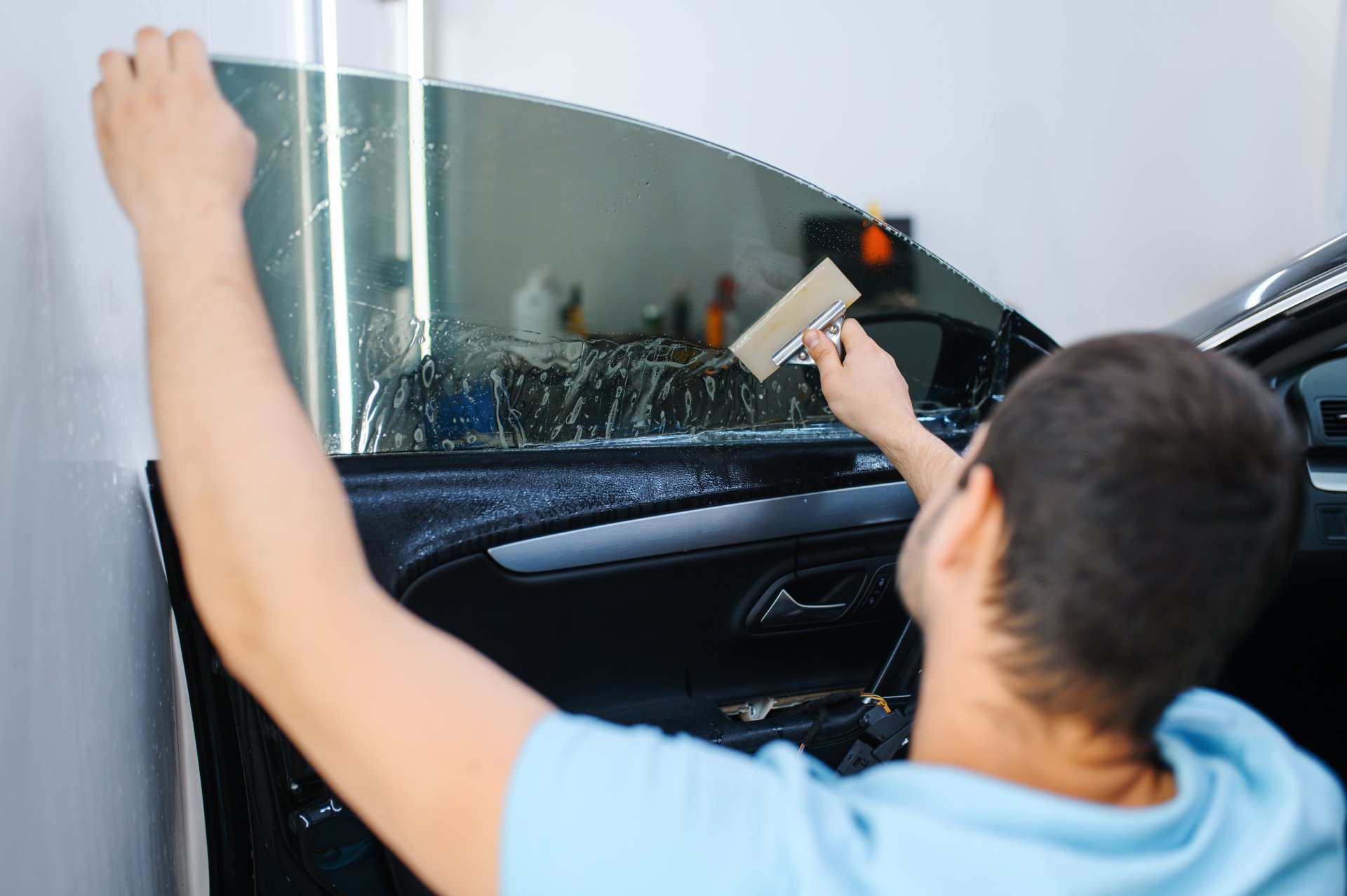

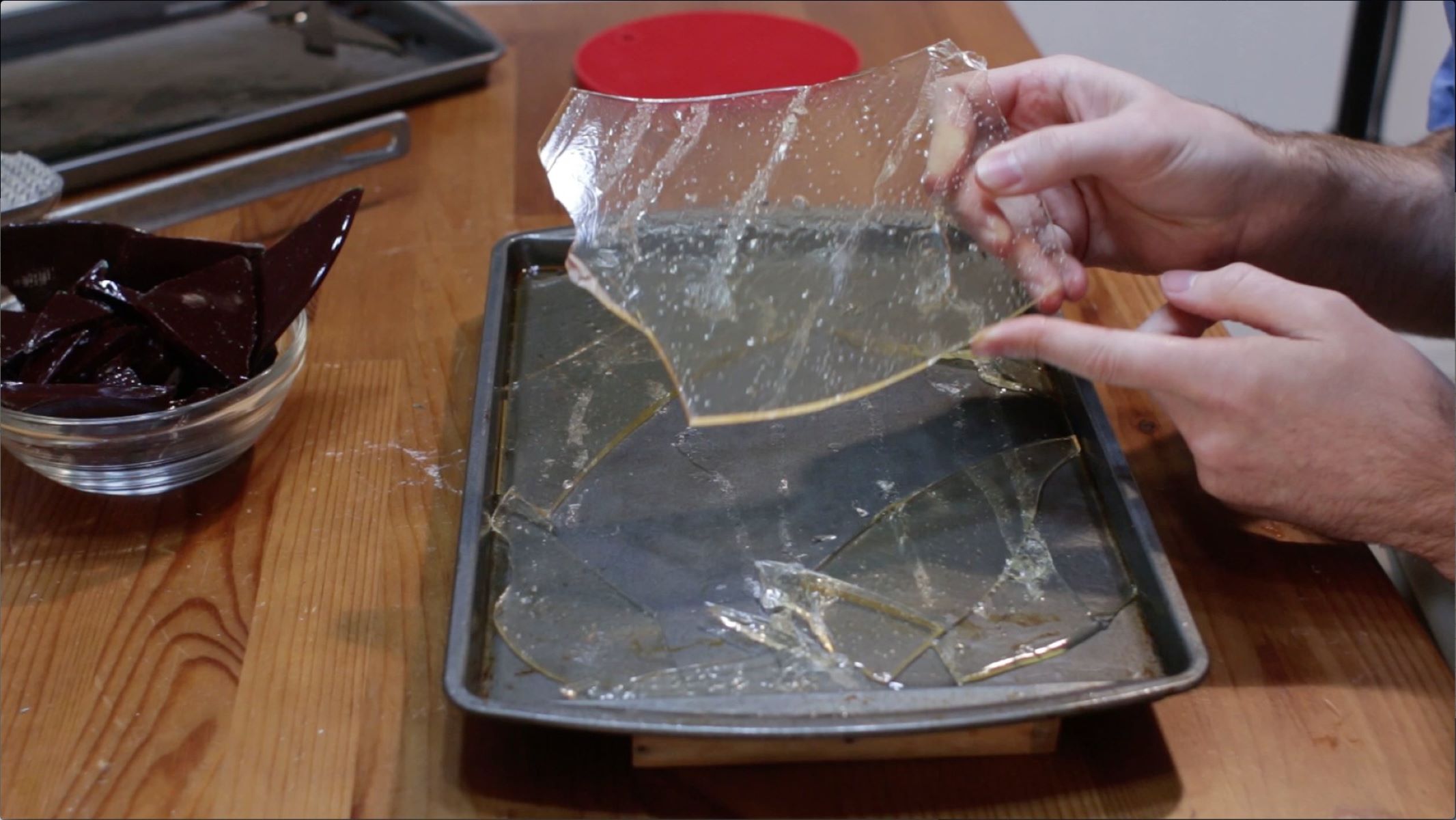
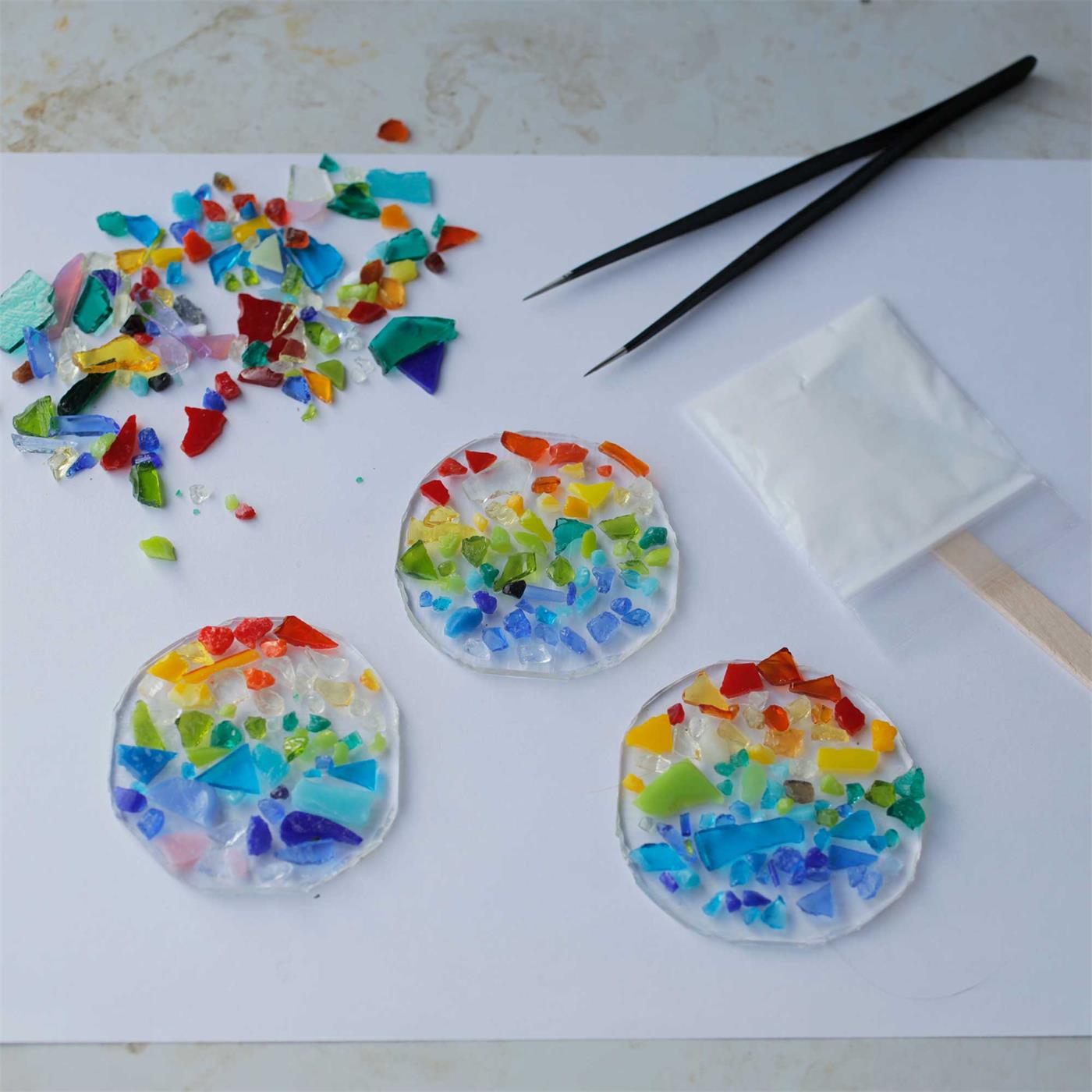
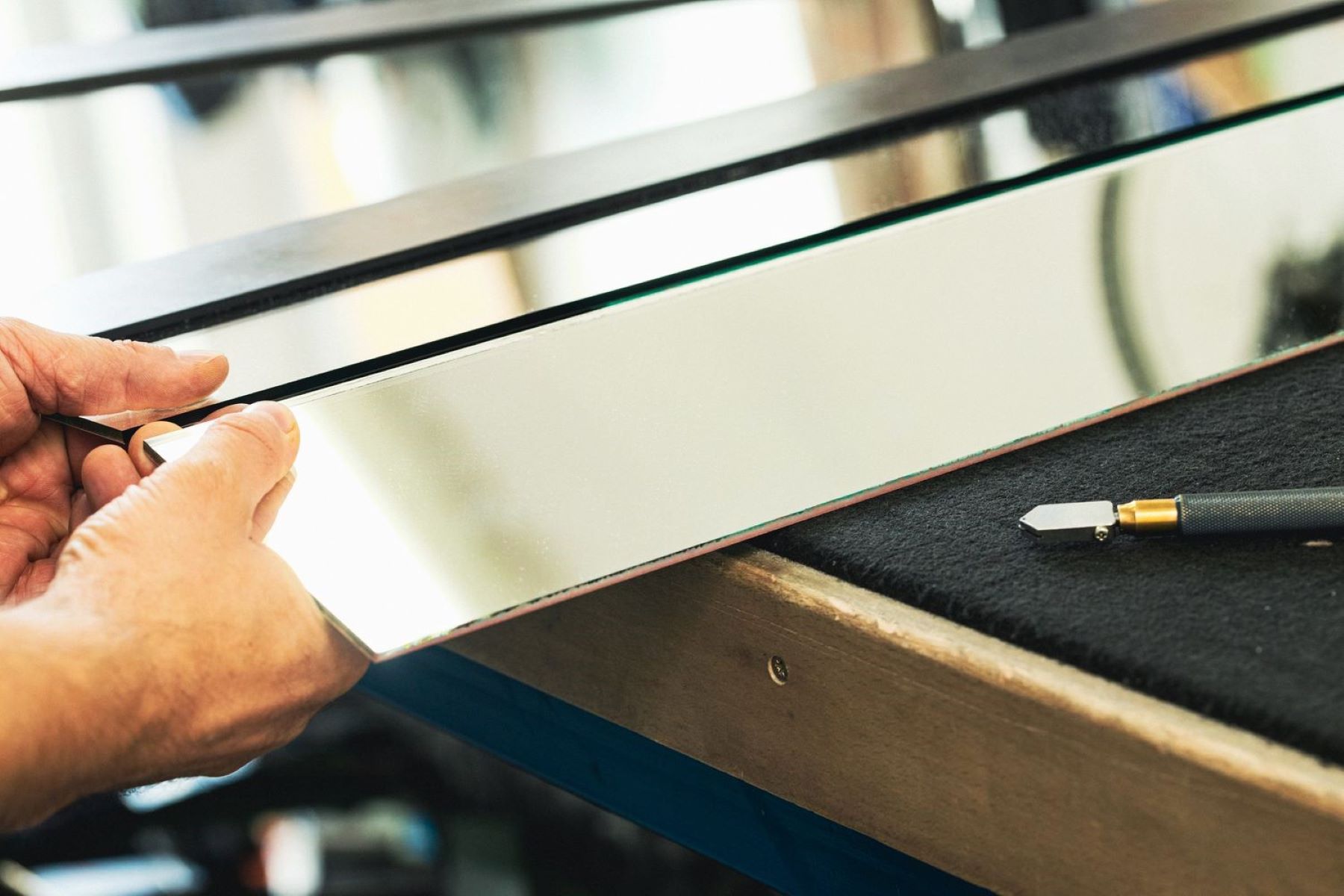
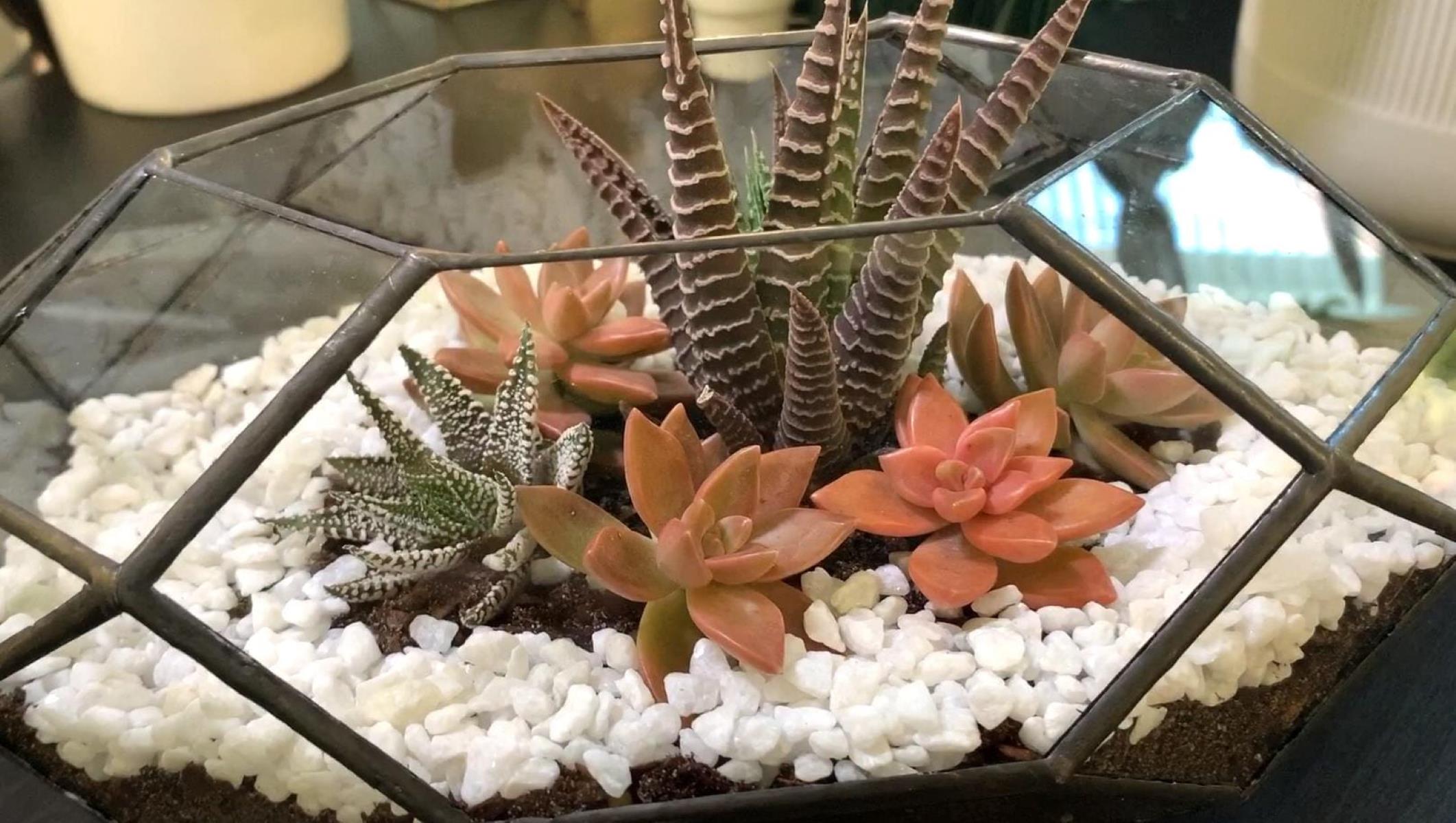

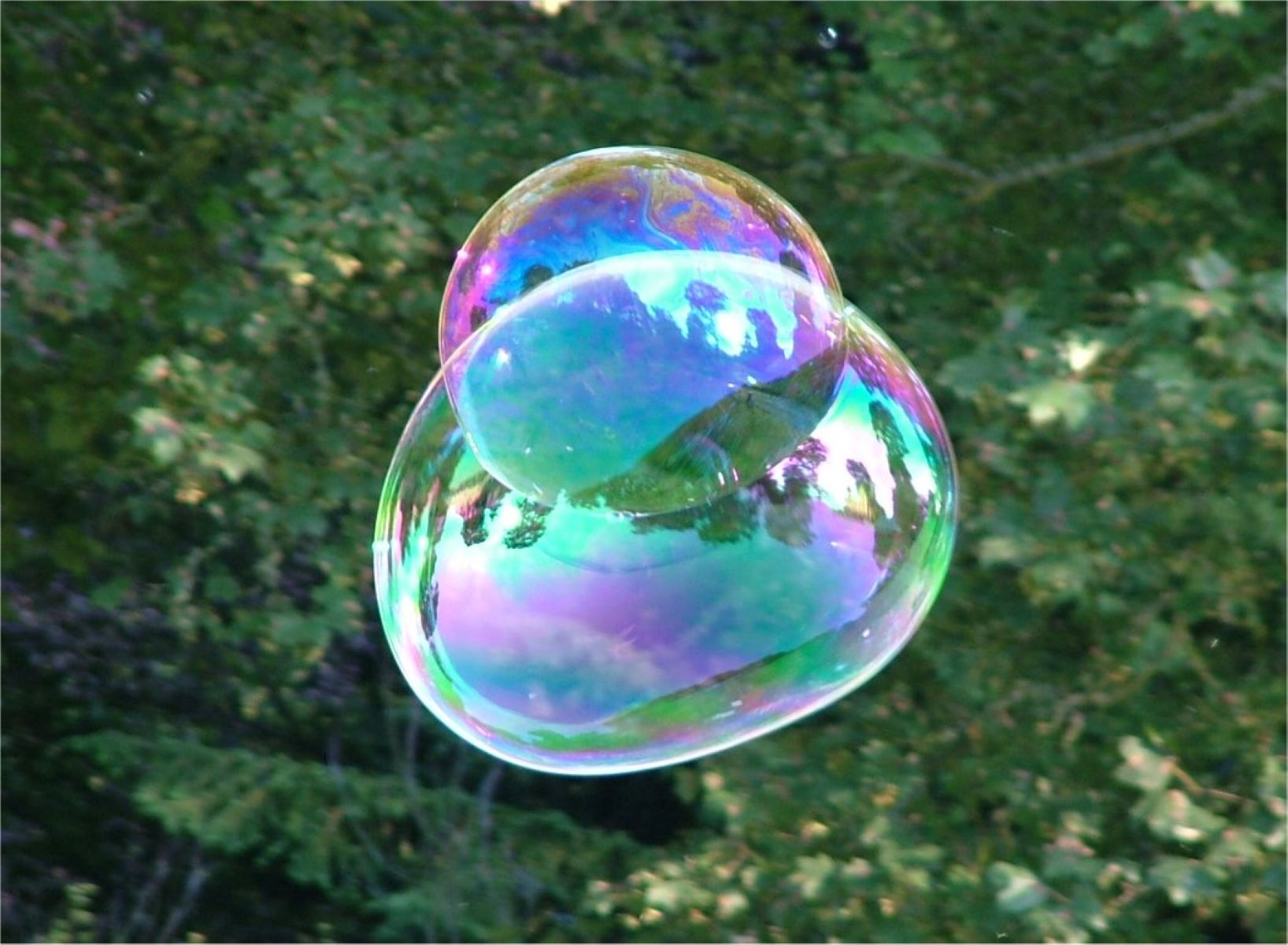
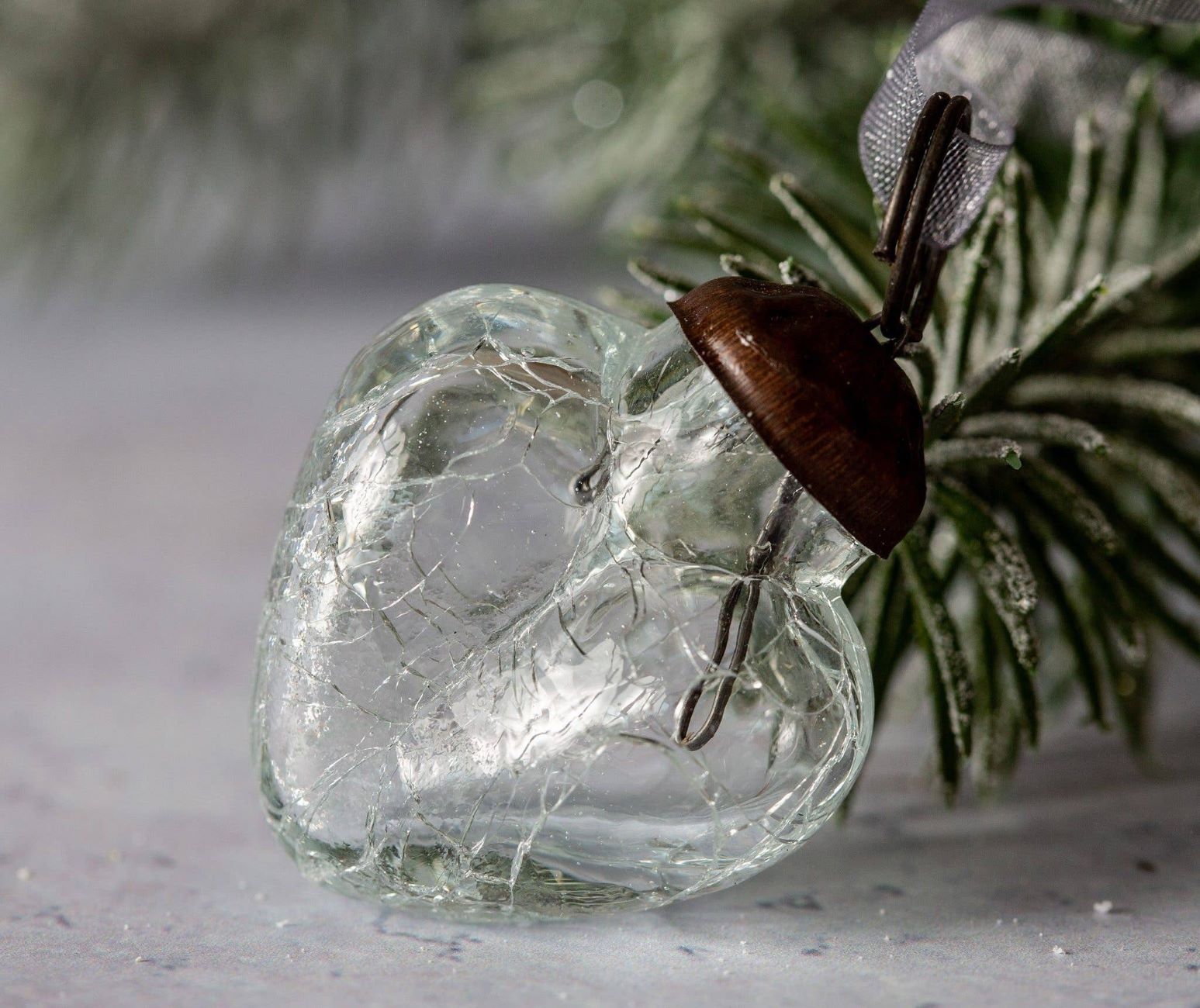
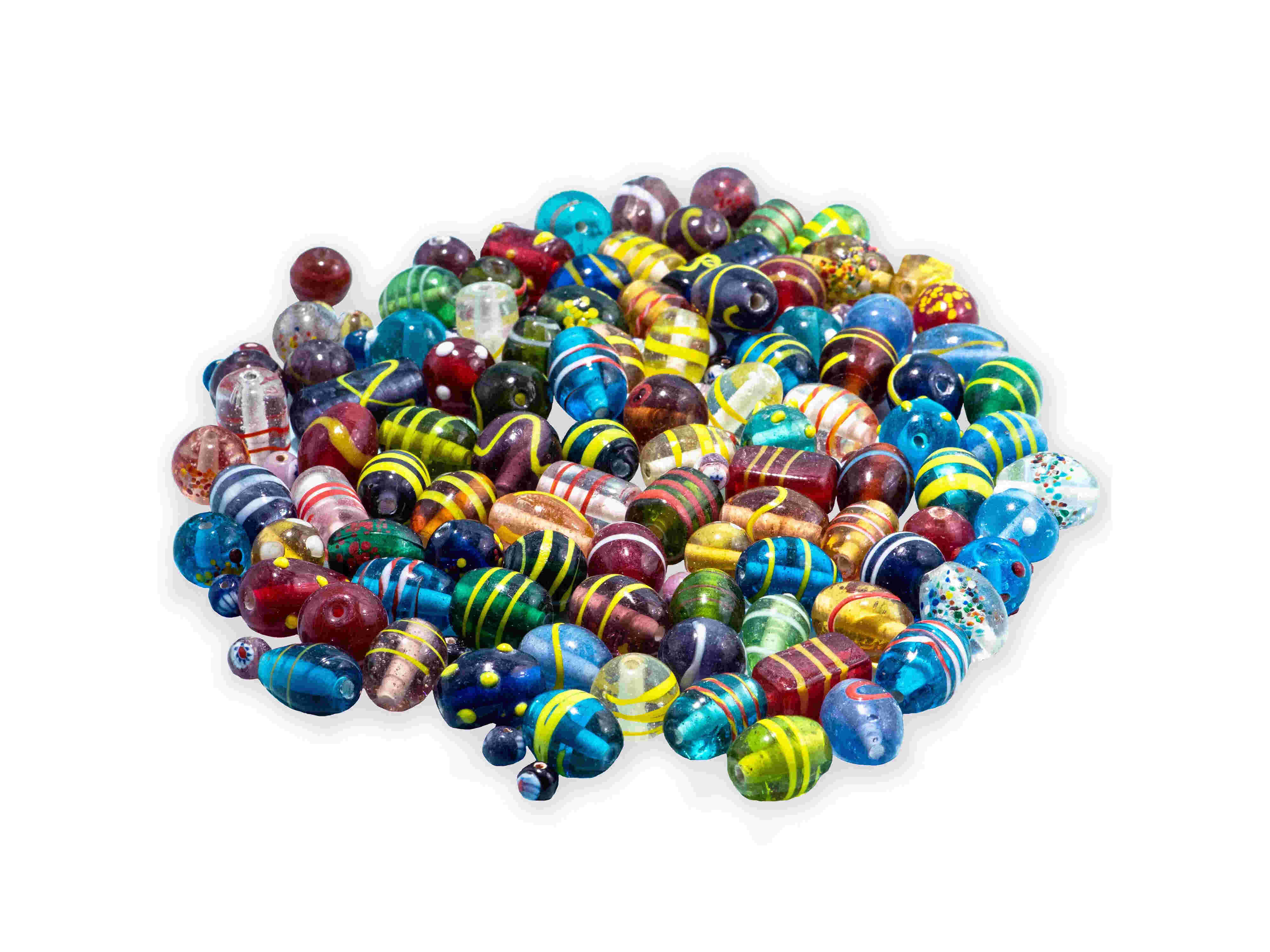

0 thoughts on “How To Make Tinted Glass”